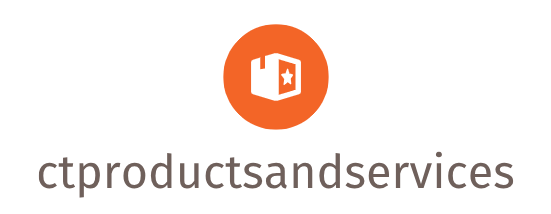
Understanding Your Current Financial Situation
Before you can start mastering your money, you need to know where you stand. This means honestly assessing your income and expenses. Track every penny coming in and going out for at least a month. Use budgeting apps, spreadsheets, or even a simple notebook – whatever works best for you. Once you have a clear picture of your cash flow, you can identify areas where you’re overspending and opportunities to save.
Creating a Realistic Budget
A budget isn’t about restricting yourself; it’s about consciously choosing where your money goes. The 50/30/20 rule is a popular starting point: 50% of your income for needs (housing, food, transportation), 30% for wants (entertainment, dining out), and 20% for savings and debt repayment. Adjust these percentages based on your individual circumstances. The key is to create a budget that you can realistically stick to and that aligns with your financial goals.
Building an Emergency Fund
Life throws curveballs. A sudden job loss, medical emergency, or car repair can quickly derail your finances if you’re not prepared. An emergency fund is your safety net. Aim to save 3-6 months’ worth of living expenses in a readily accessible account. Even small, consistent contributions add up over time. This fund provides peace of mind and prevents you from accumulating high-interest debt during unexpected crises.
Tackling Debt Strategically
High-interest debt, like credit card debt, can significantly hinder your financial progress. Develop a plan to pay it down strategically. Consider the debt snowball method (paying off the smallest debt first for motivation) or the debt avalanche method (paying off the highest-interest debt first to save money). Explore options like balance transfers to lower interest rates and always prioritize debt repayment alongside saving.
Automating Your Savings
One of the easiest ways to consistently save is to automate it. Set up automatic transfers from your checking account to your savings account each month. Even a small amount automatically saved each month will compound over time. Treat saving like a non-negotiable bill; schedule the transfer as soon as you get paid to ensure it happens consistently.
Investing for the Future
Once you have an emergency fund and are making progress on your debt, it’s time to think about investing. Investing allows your money to grow over time, helping you achieve long-term financial goals like retirement or buying a home. Start with a diversified portfolio suitable for your risk tolerance and time horizon. Consider low-cost index funds or ETFs as a simple and effective way to invest.
Tracking Your Progress and Adjusting Your Plan
Mastering your money is an ongoing process, not a one-time event. Regularly review your budget, track your progress towards your goals, and adjust your plan as needed. Life changes, and your financial plan should adapt along with it. Celebrate your successes, learn from setbacks, and stay committed to your financial well-being.
Seeking Professional Advice When Needed
Don’t hesitate to seek professional help when needed. A financial advisor can provide personalized guidance, helping you create a comprehensive financial plan tailored to your specific circumstances. They can offer valuable insights and support you in making informed decisions about your money.
Developing Healthy Spending Habits
Mindful spending is crucial for long-term financial success. Before making a purchase, ask yourself if it aligns with your values and goals. Avoid impulse buys and practice delayed gratification. Learn to differentiate between needs and wants and prioritize spending on things that truly matter to you.
Utilizing Technology to Your Advantage
Numerous budgeting apps, investment platforms, and financial tracking tools can streamline your money management. Explore different options to find the tools that best fit your needs and preferences. Technology can make tracking expenses, budgeting, and investing significantly easier and more efficient.








